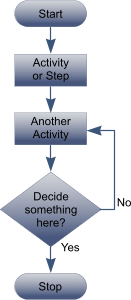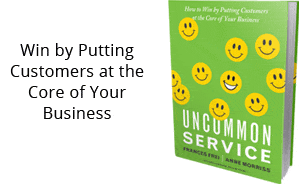What Does ‘Top Management’ Commitment Mean for Management Systems?
What is Top Management Commitment?
This presentation contains images that were used under a Creative Commons License. Click here to see the full list of images and attributions: https://link.attribute.to/cc/244628
Understanding this information is essential for members of your management team, and also important for the rest of your organisation to know that ‘top management’ is taking care of business.
If your organisation is certified to any one of the ISO management system standards (eg. Quality, Safety, Environment, Information Security, etc), then this this is an important aspect of your management system that needs to be clearly understood and the associated roles and responsibilities clearly defined and documented.
Watch the video above, or read on to learn about the responsibilities of the management team.
There’s often some confusion, even apprehension, within organisations when asked about top management commitment in the context of one of the ISO management system standards.
Who Is Top Management?
The implementation of a management system should be a strategic decision by top management. But commitment from top managers is not always clearly understood. So what exactly is considered to be “Top Management”?
Top Management Definition
Within the ISO 9000 series of standards, “Top Management” is defined as the person or group of people who directs and controls an organisation at the highest level.
Within the Quality Management System standard, ISO 9001, the responsibilities for Top Management include the following requirements:
- to set and communicate policies and objectives throughout the organisation, raising awareness, motivation and involvement
- to ensure a focus on customer requirements throughout the organisation
- to ensure that appropriate processes are implemented to meet customer requirements and organisational objectives
- to ensure that an effective and efficient quality management system is established, implemented and maintained to achieve these quality objectives
- to ensure that adequate resources are provided to meet the organisation’s objectives
- to regularly review the effectiveness of the management system, its policies and objectives
- to decide on actions regarding the quality policy and quality objectives
- to decide on actions for improvement of the quality management system
That’s a lot of actions, objectives and ‘ensuring’ for Top Management to do! And, yes, the above list is just a superficial summary of the clauses from the ISO 9001 standard. In this post I’m not discussing these specific requirements, their implementation or demonstrated effectiveness. That’s another article.
A Strategic Approach
But if you seriously consider it, who is responsible for any strategic planning within your organisation? They are the “Top Management“.
Often Top Management is the board of directors, and it is they who should consider the above requirements when reviewing and setting the company vision and objectives.
In particular, note the link between meeting customer requirements and organisational objectives. This alignment should be visible throughout the organisation. All operations and business processes should be aligned with the organisational objectives and with meeting customer requirements.
A Pragmatic Approach
Looking at it from an even more pragmatic point of view –
replace every instance of the word “quality” in this article with the word “strategic” …
NOW
does “Top Management Commitment” become clearer?
Like many commitments, it may be easy to promise, but takes hard work and continued focus to deliver.






